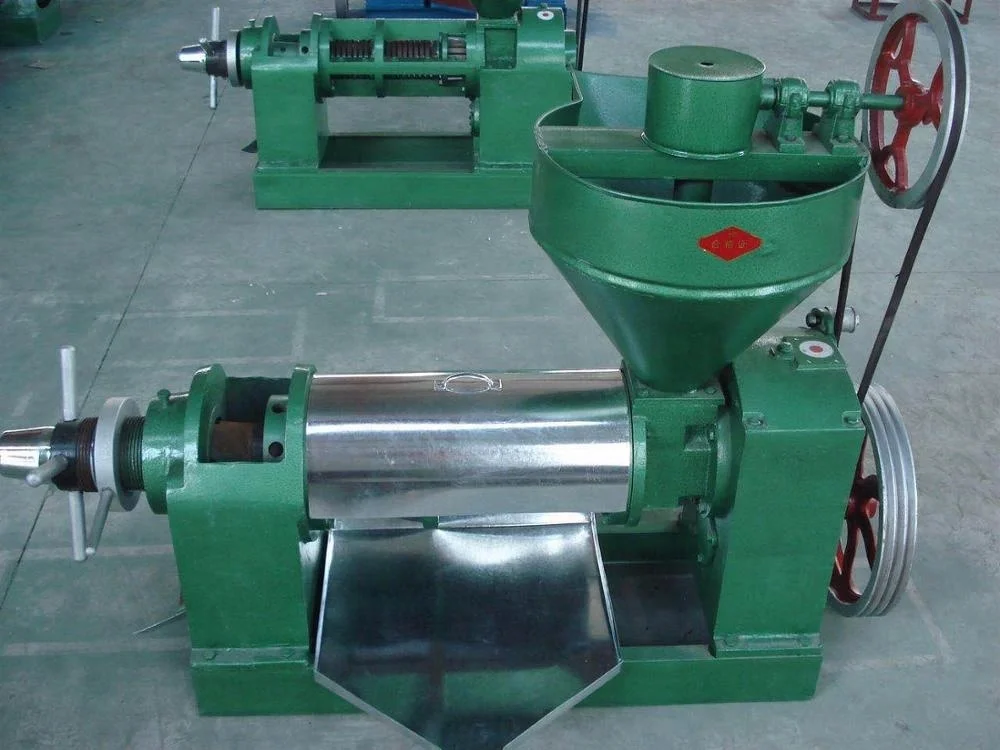Hubin E-commerce Industrial Park, Sanmenxia City, Henan Province, China +86 18503985912 [email protected]
نوع 6YL-68 هو ضاغطة برغي صغيرة تنتجها شركتنا. لديهم مزايا الحجم الصغير، البنية البسيطة،
الاستدامة، السهولة في التحميل،缷التفريغ والنقل، معدل استخراج زيت عالي وبسرعة.
1. بنية بسيطة، متقدم كفاءة نقل عالية، أداء عملي عالي، استقرار تشغيل عالي، كفاءة زيت عالية، ضوضاء منخفضة، استهلاك طاقة منخفض، نسبة راسب جاف منخفضة، سهولة التشغيل والصيانة، عمر خدمة طويل وهكذا.
2. الضغط البارد والضغط الساخن لجميع أنواع بذور الزيوت.



النوع |
6YL-68 |
6YL-80 |
6YL-100 |
6YL-120 |
6YL-130 |
6YL-160 |
الحجم
(L*W*H) مم
|
880*440
*770
|
1510*440
*700
|
1910*610
*770
|
2100*630
*770
|
2280*700
*780
|
2050*600
*850
|
الإنتاجية |
0.8-1 طن/24 ساعة |
2-3 أطنان/24 ساعة |
4-5 أطنان/24 ساعة |
4-6 أطنان/24 ساعة |
9-12 طن/24 ساعة |
14-17 طن/24 ساعة |
القدرة (kW) |
5.5KW |
5.5KW |
7.5 كيلو واط |
11KW |
15-18.5 كيلو وات |
18.5-22 كيلو وات |


6YL-68 إنتاج الزيت |
||||||
المواد الخام |
الطاقة (كجم/ساعة) |
معدل الإخراج (%) |
كفاءة الإخراج |
|||
بذور القطن |
50-60 |
12-14 |
65-72 |
|||
فول الصويا |
28-37 |
10-16 |
61-65 |
|||
الفول السوداني |
45 |
35-45 |
91-92 |
|||
بذور اللفت |
45 |
30-38 |
82-85 |
|||


















Copyright © 2024 Sanmenxia Weiyi Agricultural Machinery Co., Ltd. All Rights Reserved | سياسة الخصوصية